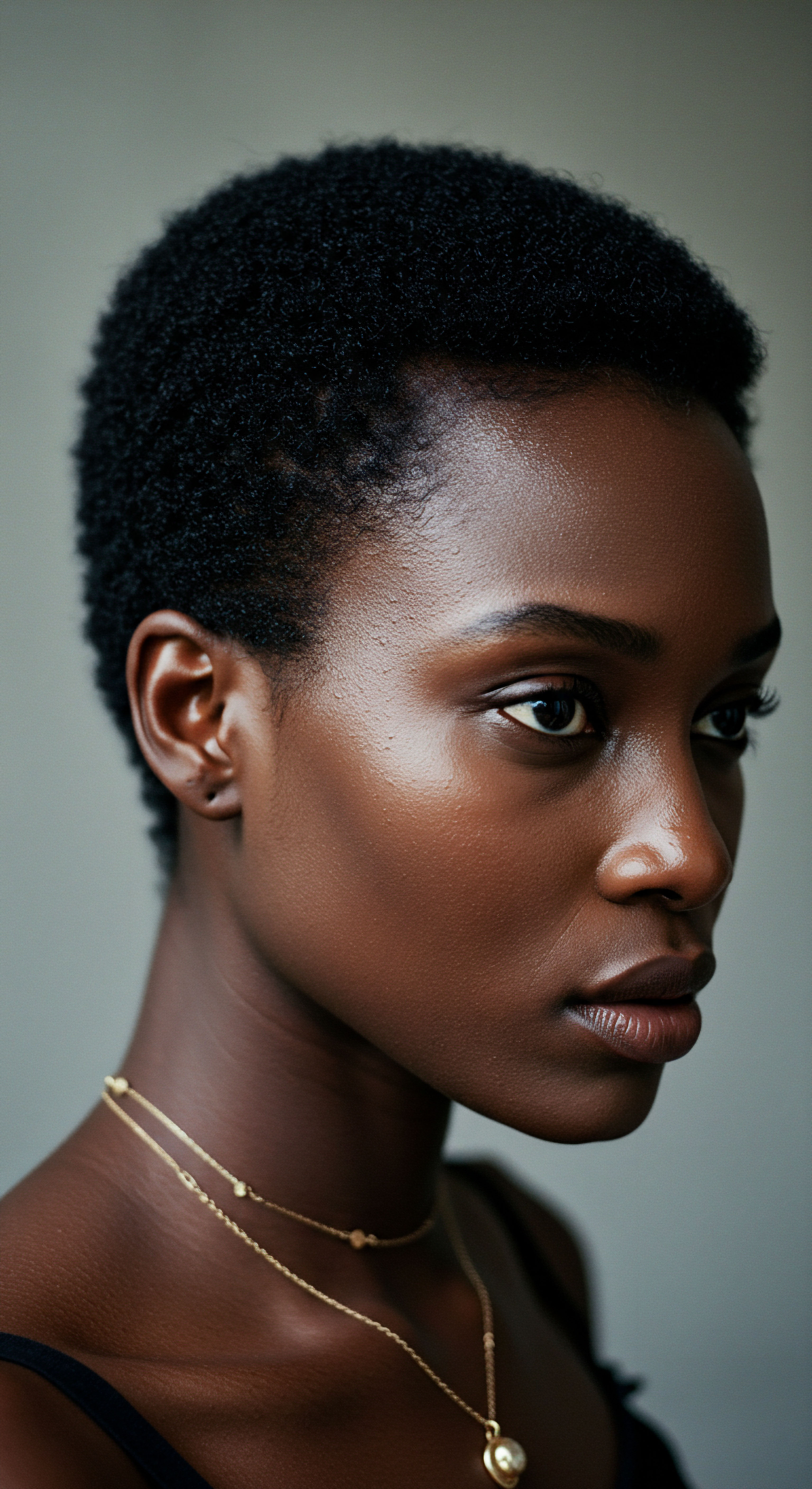
Roots
The journey into textured hair care, particularly the use of oils, often begins not in a laboratory, but in the quiet corners of shared history, where hands tenderly tended to strands under the gentle gaze of ancestral knowledge. We find ourselves drawn to this practice, a whisper from generations past, stirring a curiosity about its deep roots. It is a quiet observation, perhaps, of a grandmother’s steady hand, or a distant memory of a community gathering, where hair became a point of connection, a living story. This exploration aims to unearth the foundational understanding of how cultural practices have shaped, and continue to shape, the application of oils to textured hair, offering a warm invitation into its elemental wisdom.

Ancestral Applications and Their Beginnings
Across the vast expanse of human history, from the sun-drenched savannahs of Africa to the humid landscapes of the Caribbean and the varied terrains of the Americas, oils have held a significant position in the care of textured hair. Before the advent of modern cosmetic science, communities relied upon the bounty of their local environments, discerning the properties of various plants and animal fats. These early applications were not merely about appearance; they were interwoven with societal structure, spiritual observance, and the very definition of personal identity.
For instance, in ancient African societies, hair was a marker of status, tribe, marital standing, age, and even spiritual belief. The careful tending of hair, often a communal activity, strengthened social bonds, and oils played a central role in these rituals.
The use of natural oils like shea butter, indigenous to West Africa, speaks to a deep connection with the land. Shea butter, derived from the seeds of the shea tree, was not only a cosmetic agent but also held dietary and medicinal value. Its rich composition of fatty acids, including oleic and stearic acids, alongside vitamins A and E, made it a natural choice for moisturizing and protecting hair in arid climates.
Similarly, argan oil, often called “liquid gold,” from Morocco, has been used for centuries to condition and add sheen to hair, a testament to its richness in essential fatty acids and vitamin E. These historical uses highlight a practical adaptation to environmental conditions, where oils provided necessary moisture and protection against harsh elements.
The historical application of oils to textured hair transcends mere aesthetics, acting as a profound connection to ancestral wisdom and environmental adaptation.
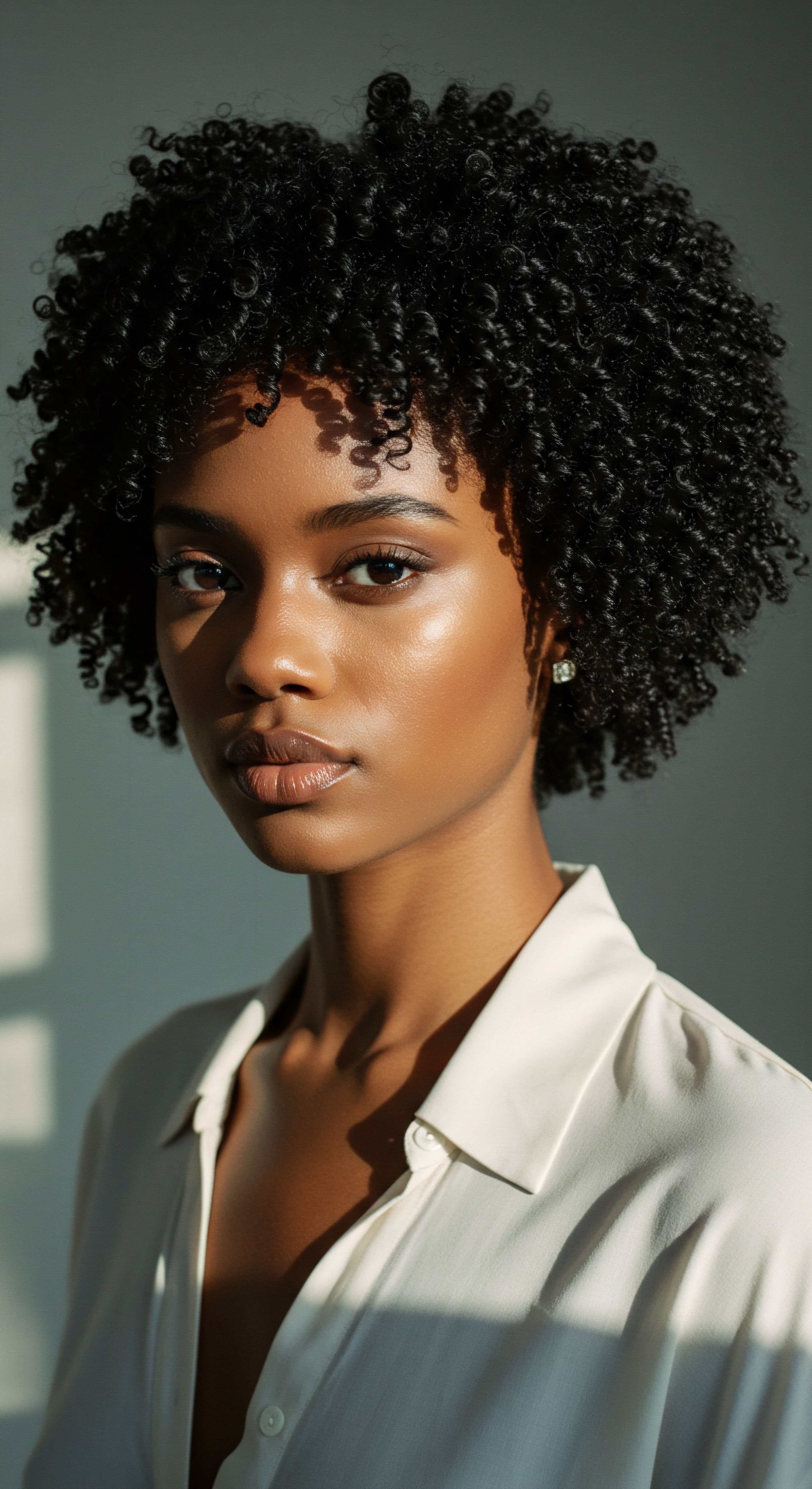
Understanding Hair Structure and Oil Interaction
Textured hair, with its distinct curl patterns ranging from waves to tight coils, presents unique needs when it comes to moisture retention. The natural oils produced by the scalp, known as sebum, often struggle to travel down the spiraling strands, leaving the hair drier towards the ends. This inherent characteristic makes external oil application particularly beneficial for textured hair. Oils can provide a protective layer, help seal in moisture, and contribute to the hair’s suppleness.
Different oils offer varying benefits based on their molecular structure and fatty acid profiles. For example, coconut oil, with its smaller molecular size, can penetrate the hair shaft, reducing protein loss. Castor oil, known for its thickness and ricinoleic acid content, often coats the hair, providing a gloss and aiding in detangling. The science behind these traditional choices often confirms the wisdom of generations who observed and passed down effective practices.
| Oil Source Shea Butter (West Africa) |
| Primary Traditional Use Moisturizing, skin protection |
| Associated Benefit for Textured Hair Deep conditioning, environmental shielding |
| Oil Source Argan Oil (Morocco) |
| Primary Traditional Use Hair conditioning, shine |
| Associated Benefit for Textured Hair Lustrous finish, frizz reduction |
| Oil Source Coconut Oil (Various Tropical Regions) |
| Primary Traditional Use Hair strengthening, scalp care |
| Associated Benefit for Textured Hair Protein loss reduction, moisture retention |
| Oil Source Castor Oil (Africa, India, West Indies) |
| Primary Traditional Use Hair growth, scalp health |
| Associated Benefit for Textured Hair Hair shaft coating, detangling, potential growth support |
| Oil Source Jojoba Oil (Americas, now global) |
| Primary Traditional Use Scalp balance, mimicry of sebum |
| Associated Benefit for Textured Hair Non-greasy hydration, scalp health |

How Do Ancestral Practices Shape Modern Hair Care?
The influence of these ancestral practices extends far beyond historical texts. Many modern hair care formulations for textured hair still draw heavily from traditional ingredients and methods. Brands today often highlight the presence of shea butter, coconut oil, and castor oil, recognizing their proven efficacy and cultural resonance. This continuity speaks to the enduring wisdom embedded within these older customs.
However, the path from ancient practice to contemporary product is not always straightforward. The commercialization of traditional ingredients sometimes raises questions about authenticity and benefit sharing with the communities from which these practices originated. Yet, the foundational principles of moisturizing, protecting, and nourishing textured hair with natural oils remain a central theme, connecting us to a shared heritage of hair care wisdom.
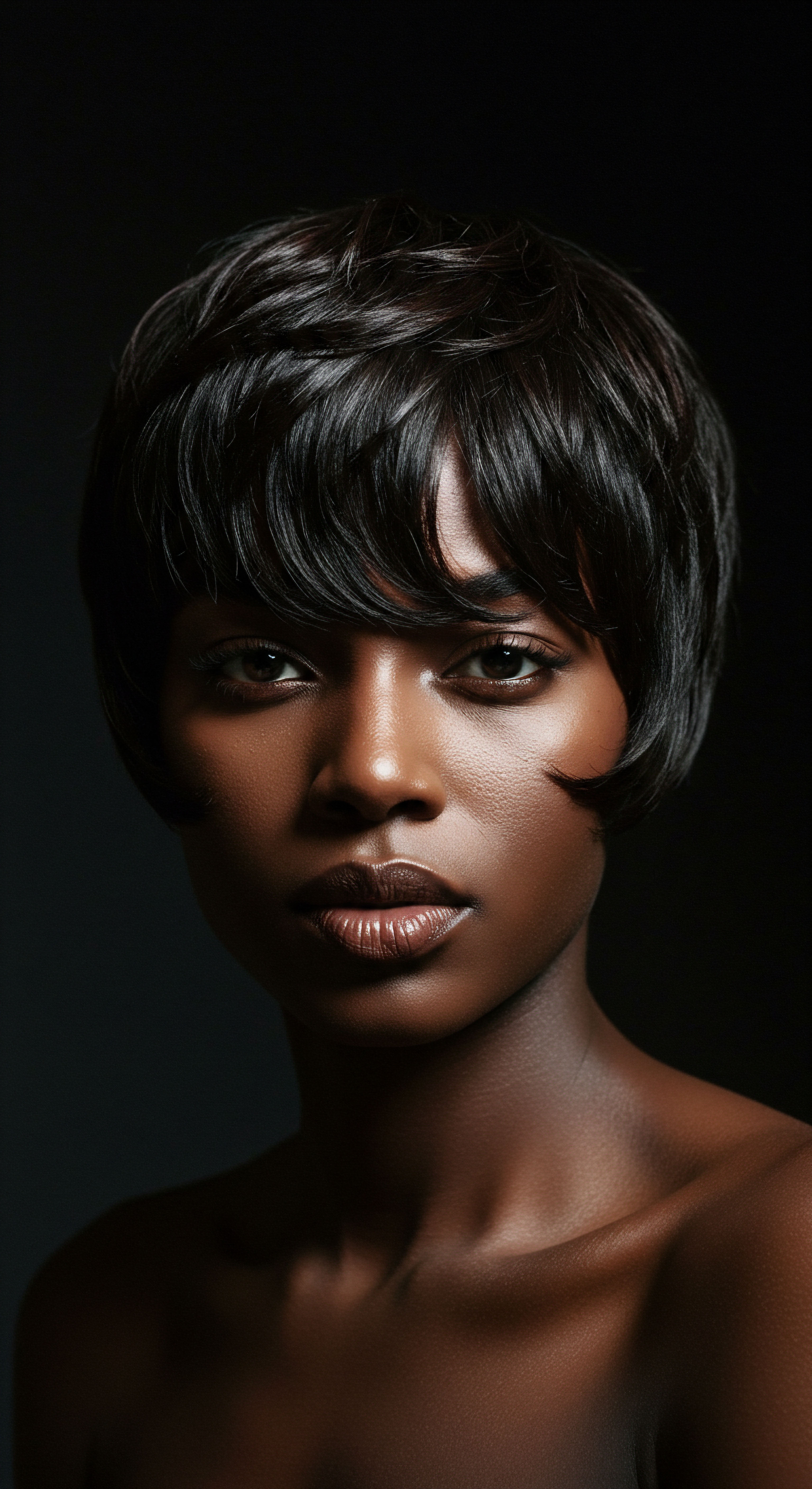
Ritual
Stepping from the quiet contemplation of hair’s deep origins, we now approach the daily and periodic practices that give shape to our hair experiences. This section invites a gentle exploration of the practical wisdom behind cultural hair oil rituals, moving beyond mere application to understanding the spirit of intention and care. It feels like entering a space where shared knowledge resides, where techniques are passed down with a sense of nurturing guidance, guiding us toward a deeper appreciation for the role of oils in our hair journeys.

The Significance of Shared Hair Moments
Across many cultures, the act of applying oil to hair is not a solitary task but a communal one, often performed by family members. This shared experience, whether a mother oiling her child’s scalp or siblings tending to each other’s braids, instills a profound sense of connection and cultural continuity. These moments transcend the physical act of hair care; they become opportunities for storytelling, for transmitting oral histories, and for reinforcing familial bonds. In South Asian households, for example, hair oiling is a generational custom, often beginning in childhood, where elders massage oil into the scalps of younger family members, creating a ritual of both hair care and bonding.
This communal aspect highlights how cultural practices influence not just the choice of oil, but the very context of its use. The tactile sensation of oil, the rhythmic strokes of a comb, and the quiet conversation create a sensory memory that binds individuals to their heritage. It transforms a routine into a ceremony, imbuing the oil with a meaning beyond its chemical composition.
Hair oiling rituals, often shared across generations, cultivate deep familial connections and transmit cultural heritage through touch and shared moments.

Are Cultural Oil Practices Always Beneficial?
While traditional oil practices often carry deep wisdom, it is also important to consider them with an open, inquiring mind. Some older practices, while rooted in tradition, may not always align with contemporary scientific understanding of hair health. For example, some historical uses of heavy greases or certain oil combinations, applied frequently without adequate cleansing, could lead to product buildup on the scalp, potentially hindering rather than helping hair health for some individuals. The conversation around “greasing the scalp” in some Black communities, for instance, has seen recent re-evaluation within the natural hair community, with some specialists suggesting that heavy, occlusive oils might not always be the most effective for moisture retention or scalp health for all hair types.
This discussion does not diminish the cultural value of these practices, but rather encourages a thoughtful approach to adapting ancestral wisdom for modern hair needs. The core principle of moisturizing and protecting remains, but the methods and products might evolve. It invites a conversation about how to honor tradition while also embracing new scientific insights for optimal hair wellness.
- Cultural Oils often provide moisture and protection, a benefit especially for textured hair which tends to be drier.
- Traditional Methods of application frequently include scalp massage, which can promote circulation and distribute oils.
- Generational Customs create a sense of belonging and pass down cultural knowledge, making hair care a shared experience.
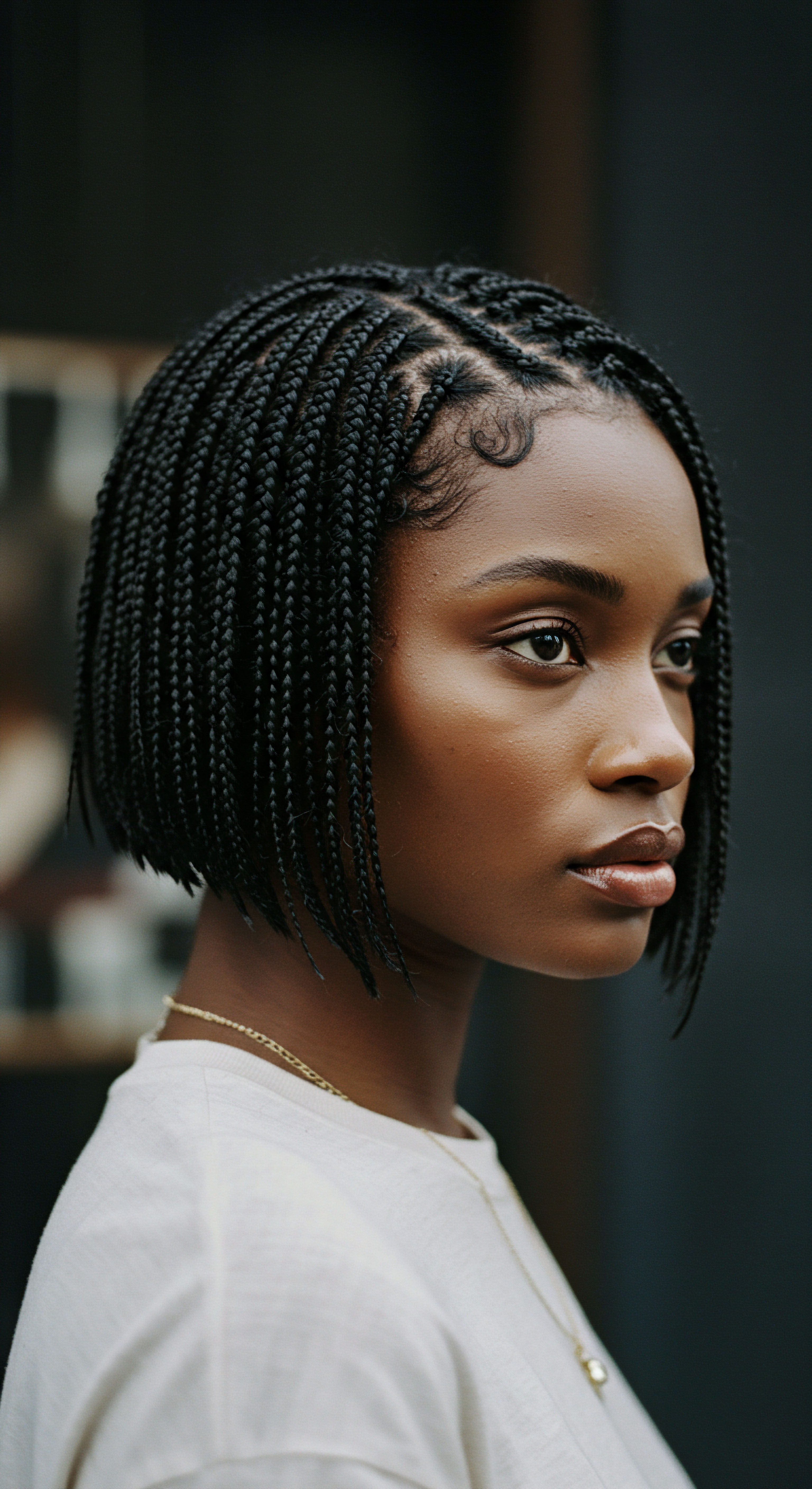
Adapting Ancient Wisdom for Today’s Hair
The beauty of traditional oil use for textured hair lies in its adaptability. Modern hair care routines can gracefully incorporate these ancient principles. Instead of abandoning cultural practices, many individuals are finding ways to modify them, using lighter oil formulations, focusing on scalp health alongside hair strands, and integrating regular cleansing to prevent buildup.
Consider the shift in perception regarding oil use in the African American community. Historically, oils and greases were used extensively to manage dryness and style hair. As the natural hair movement gained prominence, there was a greater emphasis on understanding hair porosity and the actual absorption of oils versus their ability to simply coat the hair.
This led to a more discerning use of oils, often in conjunction with water-based moisturizers. This evolution demonstrates a living tradition, one that is not static but responsive to new knowledge and changing needs, all while holding onto its cultural heart.

Relay
To consider the enduring influence of cultural practices on textured hair oil use, we must look beyond surface appearances, inviting a deeper, more reflective inquiry. The query unearths complexities where scientific understanding, historical currents, and individual expressions converge. We are called to a space of profound insight, where intricate details of biology, psychology, and societal factors come together, allowing for a comprehensive analysis of this deeply personal yet widely shared practice.
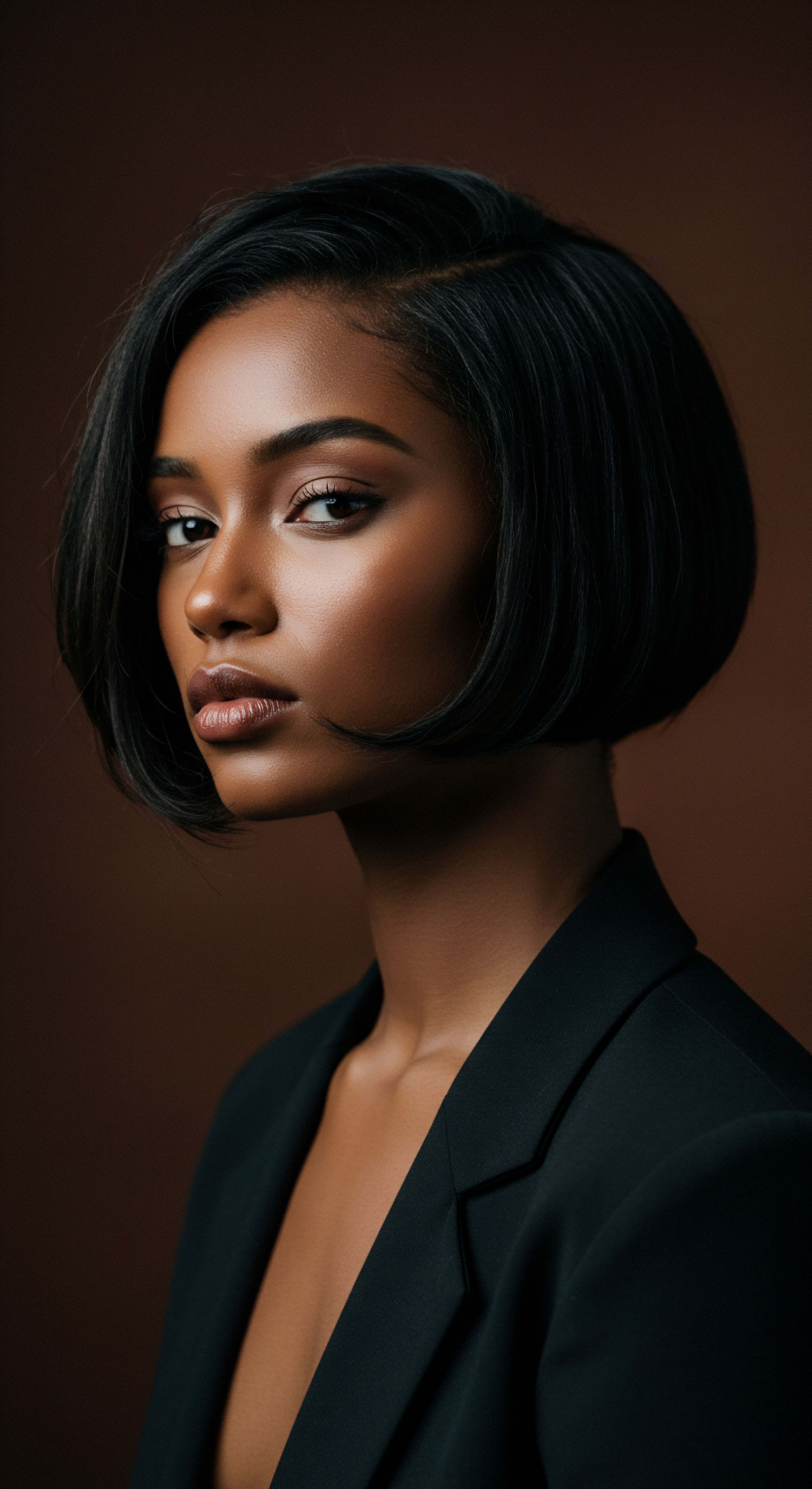
The Complexities of Hair Texture and Oil Selection
Textured hair, encompassing a broad range of curl patterns from loose waves to tightly coiled strands, presents unique challenges for oil distribution. Sebum, the scalp’s natural oil, often struggles to descend the spiraling twists of highly textured hair, leaving the ends particularly vulnerable to dryness and breakage. This anatomical reality means that external oil application becomes not merely a cosmetic choice but a practical necessity for maintaining moisture balance and structural integrity.
The selection of oils within cultural contexts often aligns remarkably with their biochemical properties. For instance, the traditional preference for shea butter in West African communities stems from its high content of fatty acids like oleic and stearic acids, which provide significant emollient properties, offering a substantial barrier against moisture loss in dry climates. Similarly, the long-standing use of coconut oil in South Asian and other tropical regions benefits from its ability to penetrate the hair shaft, reducing protein depletion due to its smaller molecular structure. This scientific congruence between ancestral practice and molecular effect underscores a wisdom gained through generations of empirical observation.
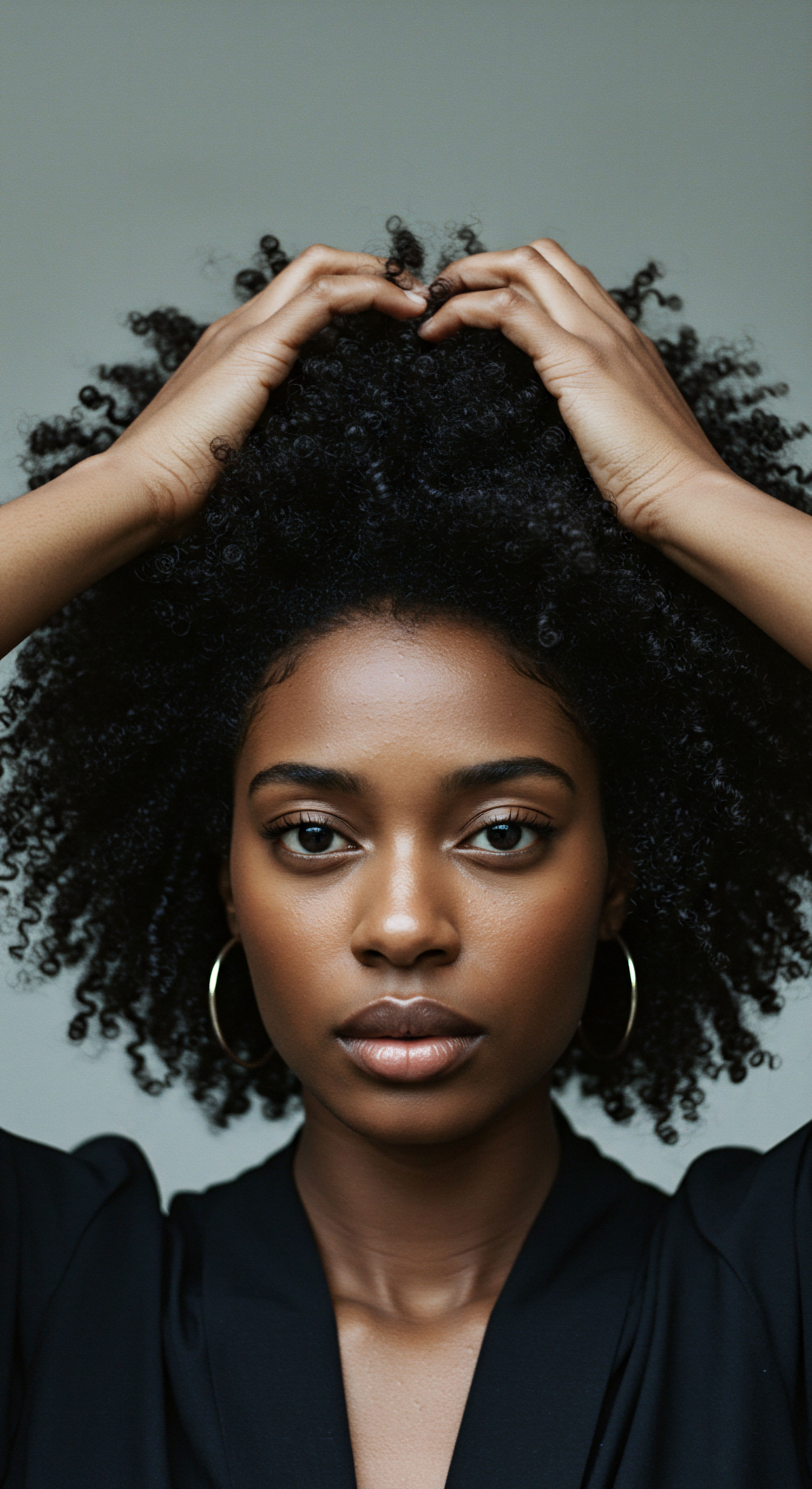
Has Western Influence Altered Traditional Hair Oil Practices?
The colonial past has left an indelible mark on hair care practices, particularly for communities with textured hair. European beauty standards, often emphasizing straight hair, led to the widespread adoption of chemical relaxers and other straightening methods in many parts of the African diaspora. This shift sometimes sidelined traditional oil-based care, replacing it with routines focused on achieving a desired texture, often at the expense of hair health.
A striking example of this societal pressure is documented in a study examining hair care practices among African American and African Caribbean women. This research found that these women were significantly more likely to use a wider range of hair products, including those containing hormonally-active chemicals, compared to white women. Specifically, 49.4% of African American women and 26.4% of African Caribbean women used products containing placenta or endocrine-disrupting chemicals (EDCs), compared to only 7.7% of white women.
This disparity suggests that the pursuit of certain hair textures, influenced by prevailing beauty norms, may have inadvertently led to exposure to potentially harmful ingredients, highlighting a complex interplay between cultural aspiration and product choice. The legacy of colonial influence, therefore, extends beyond aesthetics into the very composition of products used and their potential health implications.
The contemporary natural hair movement, particularly strong within Black communities, represents a powerful resurgence of ancestral practices and a conscious rejection of imposed beauty ideals. This movement has seen a renewed interest in traditional oils and butters, re-centering hair care around health, natural texture, and cultural pride. This conscious return is not simply a trend; it is a profound act of reclamation, where oils once used in quiet defiance now stand as symbols of self-acceptance and heritage.
- Traditional Oils like shea butter and coconut oil possess specific fatty acid profiles that align with the structural needs of textured hair.
- Environmental Adaptation played a significant role in the historical selection of hair oils by various cultures.
- The Natural Hair Movement reflects a modern re-engagement with ancestral oil practices, prioritizing hair health and cultural authenticity.

The Economic and Social Dimensions of Oil Use
Beyond personal routines, the cultural significance of hair oils extends into economic and social spheres. The global demand for traditional oils like argan oil and shea butter has created markets that connect producers in their regions of origin with consumers worldwide. This commercialization, while offering economic opportunities, also raises important discussions about fair trade, sustainable sourcing, and ensuring that the benefits return to the communities that have historically cultivated and utilized these resources.
The influence of social media also shapes contemporary oil use. Online communities and content creators play a substantial role in disseminating information, sharing techniques, and fostering a collective appreciation for textured hair and its care. These platforms can both celebrate traditional practices and introduce new perspectives, creating a dynamic environment where cultural wisdom meets modern scientific inquiry. The conversations around oil use on these platforms often reflect a blend of personal experience, ancestral memory, and a desire for evidence-based care, illustrating the multifaceted nature of cultural influence in today’s hair care landscape.

Reflection
The quiet rhythm of oiling textured hair, whether a centuries-old practice or a newly embraced ritual, holds within it a profound story. It is a story of adaptation to climate, of resourcefulness in using nature’s gifts, and of an enduring connection to heritage. These practices, passed down through generations, whisper tales of identity, community, and quiet resilience.
They show us that hair care is never just about the strands themselves; it is a conversation with the past, a celebration of who we are, and a gentle tending to the living legacy that rests upon our heads. As we continue to learn and grow, the wisdom held within these cultural traditions remains a guiding light, reminding us to approach our hair with respect, curiosity, and a touch of tender devotion.

References
- Quinn, C. R. Quinn, T. M. & Kelly, A. P. (2003). Hair care practices in African American women. Cutis, 72(4), 280-282, 285-289.
- Lenzy, Y. (2015). Contemporary African-American Hair Care Practices. Journal of Clinical and Aesthetic Dermatology, 7(9), 26-29.
- Khumalo, N. P. Stone, J. Gumedze, F. McGrath, E. Ngwanya, M. R. & de Berker, D. (2010). ‘Relaxers’ damage hair ❉ evidence from amino acid analysis. Journal of the American Academy of Dermatology, 62(3), 402-408.
- James-Todd, T. et al. (2011). Racial/ethnic differences in hormonally-active hair product use ❉ a plausible risk factor for health disparities. Environmental Health Perspectives, 119(8), 1150-1155.
- Essel, O. Q. (2019). Conflicting Tensions in Decolonising Proscribed Afrocentric Hair Beauty Culture Standards in Ghanaian Senior High Schools. International Journal of Current Research, 11(05), 4165-4171.
- Byrd, A. D. & Tharps, L. D. (2014). Hair Story ❉ Untangling the Roots of Black Hair in America. St. Martin’s Press.
- White, L. (2000). Speaking with Vampires ❉ Rumor and History in Colonial Africa. University of California Press.
- Oforiwa, A. (2023). The History and Culture of African Natural Hair ❉ From Ancient Times to Modern Trends. AMAKA Studio.
- Nkwate, J. (2022). Are We Really Not Supposed To Use Oils On Natural Hair? Refinery29.
- Okafor, J. C. & Ejiofor, M. A. (2012). Ethnobotanical survey of traditional cosmetic plants in Southeastern Nigeria. African Journal of Plant Science, 6(11), 307-313.
- Ghosh, S. & Singh, R. (2011). Hair oils ❉ Traditional practices to modern formulations. International Journal of Pharmaceutical Sciences Review and Research, 7(2), 164-169.
- Akinwunmi, S. I. & Ajayi, O. B. (2016). Physicochemical properties of shea butter oil. ResearchGate.
- Mounir, H. et al. (2023). Quality Control and Authentication of Argan Oils ❉ Application of Advanced Analytical Techniques. Molecules, 28(4), 1696.
- Landry, A. (2023). What My Mother Taught Me About My Hair. Chatelaine.
- Gathers, R. C. & Mahan, M. G. (2014). African American Women, Hair Care, and Health Barriers. Journal of Clinical and Aesthetic Dermatology, 7(9), 26-29.